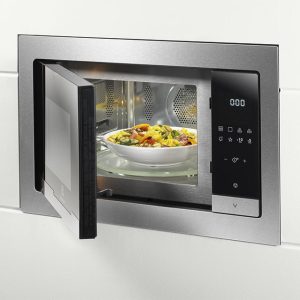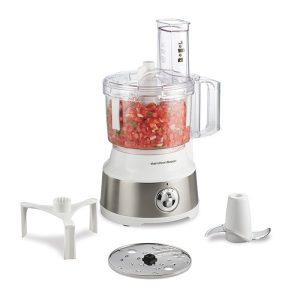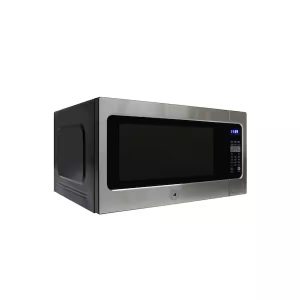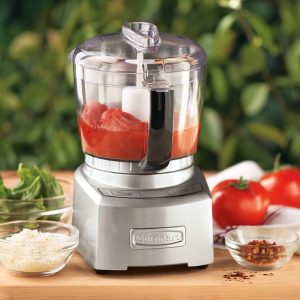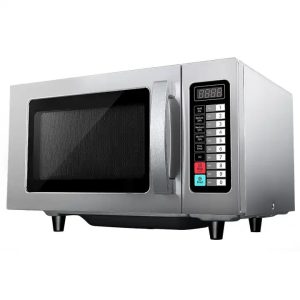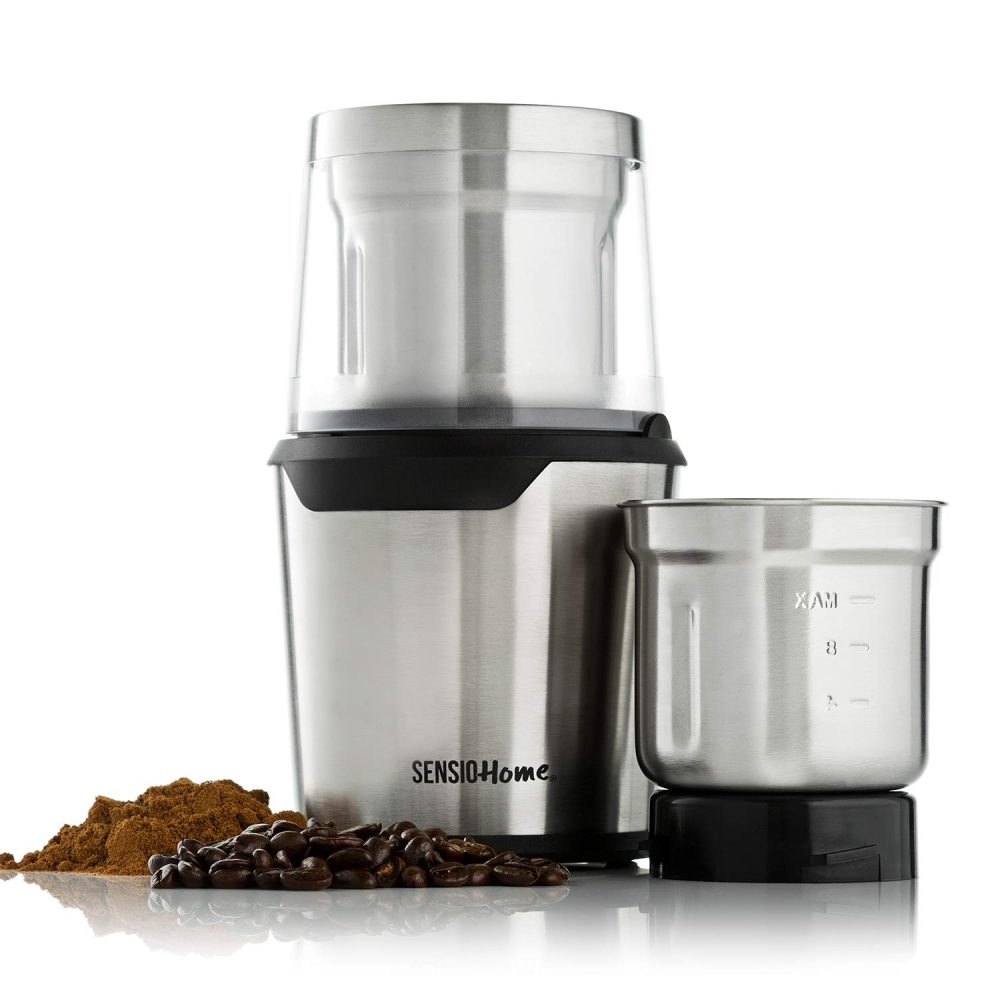
Can you crush ice in a food processor? Food processors are versatile kitchen appliances known for their ability to chop, blend, and puree a variety of ingredients. While they are primarily used for processing vegetables, fruits, and nuts, many people wonder whether a food processor can be used to crush ice. In this article, we will explore the possibility of using a food processor to crush ice and the potential challenges and considerations involved.
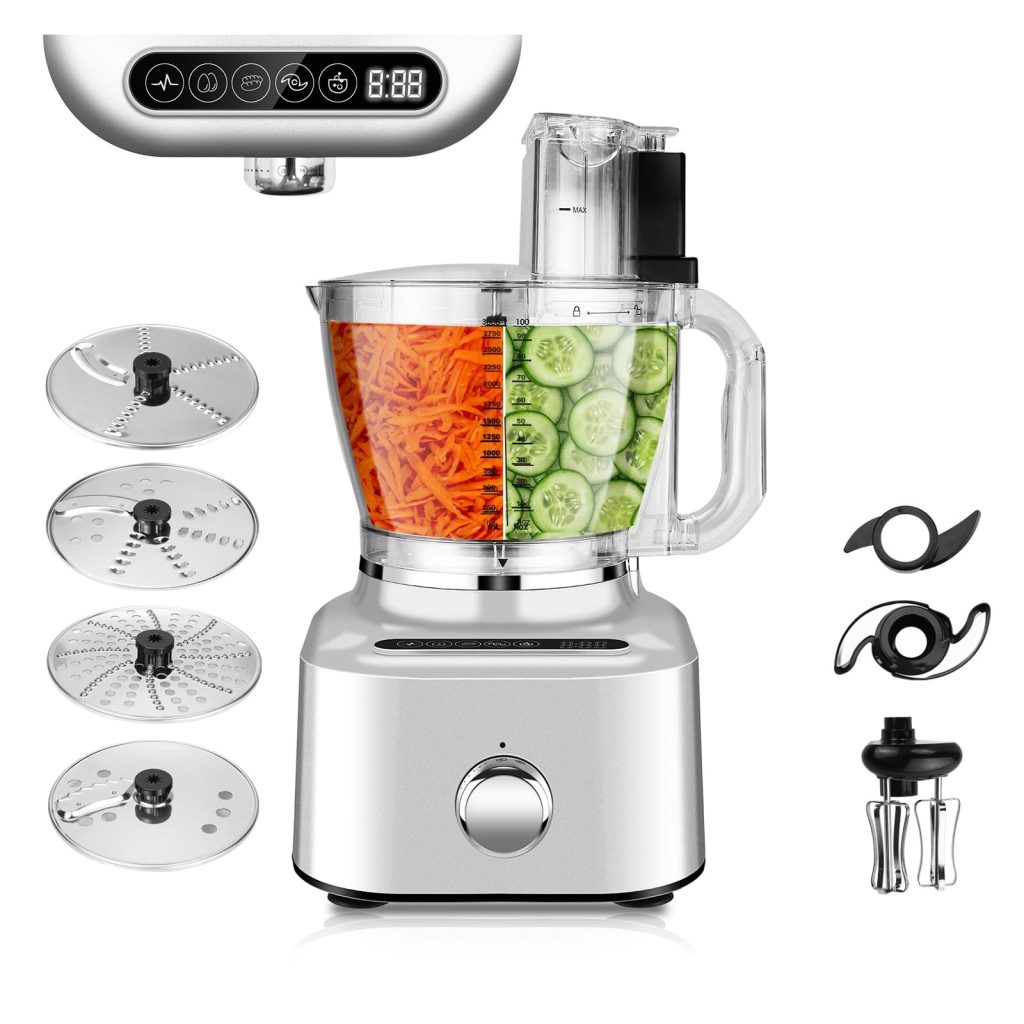
Understanding the Food Processor
A food processor typically consists of a motorized base with a removable bowl and various attachments such as blades, discs, and shredding discs. These appliances are designed to handle a wide range of food preparation tasks, from slicing and dicing to mixing and blending. However, the suitability of a food processor for crushing ice depends on its specific features and capabilities.
The Functionality of a Food Processor
Most food processors are equipped with a chopping or S-blade that is capable of cutting through solid ingredients with ease. While this blade is effective for processing firm foods like vegetables and nuts, it may not be optimized for crushing hard and dense substances like ice. Additionally, the motor power and speed settings of a food processor can affect its ability to crush ice effectively.
Potential Challenges of Crushing Ice in a Food Processor
Crushing ice in a food processor can present several challenges that need to be considered. One of the primary concerns is the strain it may place on the motor and the blades. Ice is a hard and solid substance that requires a significant amount of power to break down into smaller pieces. Using a food processor that is not designed for heavy-duty tasks like ice crushing may lead to motor burnout or damage to the blades.
Furthermore, the size and design of the food processor’s bowl may not be well-suited for processing ice. Ice cubes can bind together and create a solid mass that may not distribute evenly in the bowl, leading to uneven processing. This can result in some ice cubes being crushed into a fine texture while others remain intact.
Safety Considerations
Another important consideration when attempting to crush ice in a food processor is safety. Ice can create a significant amount of force and resistance as it is being process, which may cause the food processor to vibrate or move. This movement can potentially lead to the appliance slipping or tipping over, posing a safety hazard. Moreover, the rapid spinning of the blades can generate heat, which may cause the ice to melt rather than efficiently crushing it.
Alternatives to Crushing Ice in a Food Processor
Given the potential challenges and safety concerns associate with using a food processor to crush ice, it may be worth exploring alternative methods for achieving the desire result. One popular option is to use a dedicated ice crusher or a blender with ice-crushing capabilities. These appliances are specifically design to handle the unique qualities of ice and are equip with robust blades and motors to effectively crush it into a desire consistency. Additionally, some blenders offer specific ice-crushing modes or settings that ensure optimal results.
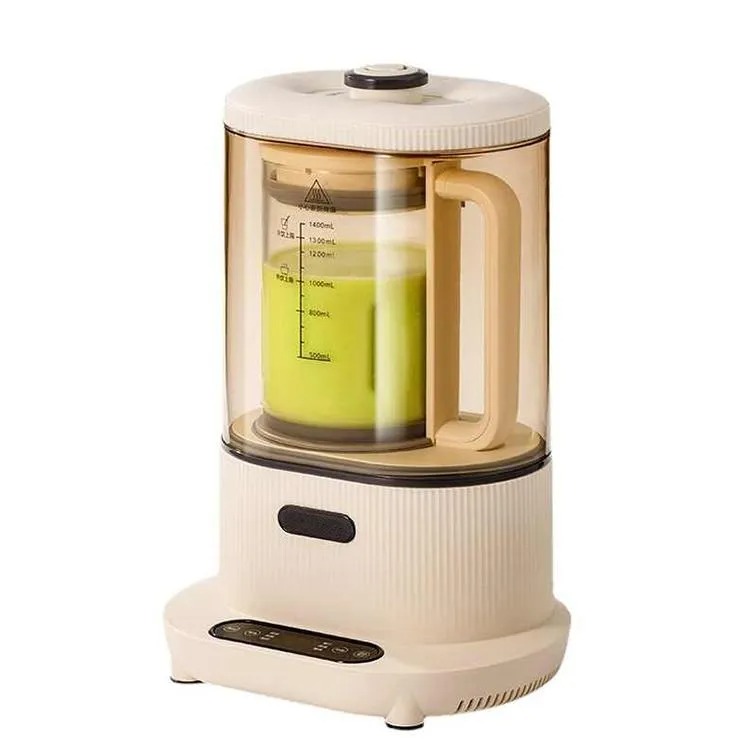
Food processor usage tips
Food processors are indispensable tools in modern kitchens, capable of chopping, blending, and pureeing ingredients with ease. However, maximizing the potential of a food processor while ensuring safe and efficient use requires attention to essential tips and guidelines.
Understanding the Basics of a Food Processor
A food processor is a versatile kitchen appliance design to simplify various food preparation tasks. It typically consists of a motorize base equip with a removable bowl, lid, and various attachments including blades, discs, and other accessories. These attachments allow for chopping, shredding, slicing, and pureeing a wide range of ingredients, offering convenience and efficiency in the kitchen.
Selecting the Right Attachment
Food processors come with a variety of attachments to suit different food processing tasks. It’s important to choose the appropriate blade or disc for the specific task at hand. For example, the S-blade is perfect for chopping and mixing, while a shredding disc is ideal for shredding cheese or vegetables. Ensuring that you use the correct attachment for the intend purpose will help you achieve the best results and avoid potential damage to the appliance.
Understanding Capacity and Overfilling
While a food processor is capable of processing a significant amount of food, it’s essential to adhere to the recommend capacity to avoid overfilling. Overfilling the bowl can strain the motor and compromise the effectiveness of the processing. It’s advisable to process food in smaller batches if need, especially when dealing with dense or heavy ingredients.
Using Pulse Function for Precision
Most food processors are equip with a pulse function, which allows for precise control over the processing and prevents over-processing. When using the pulse function, brief bursts of power are apply, giving the user control over the consistency of the ingredients being process. This is particularly useful for tasks such as chopping vegetables or blending ingredients for a coarse texture.
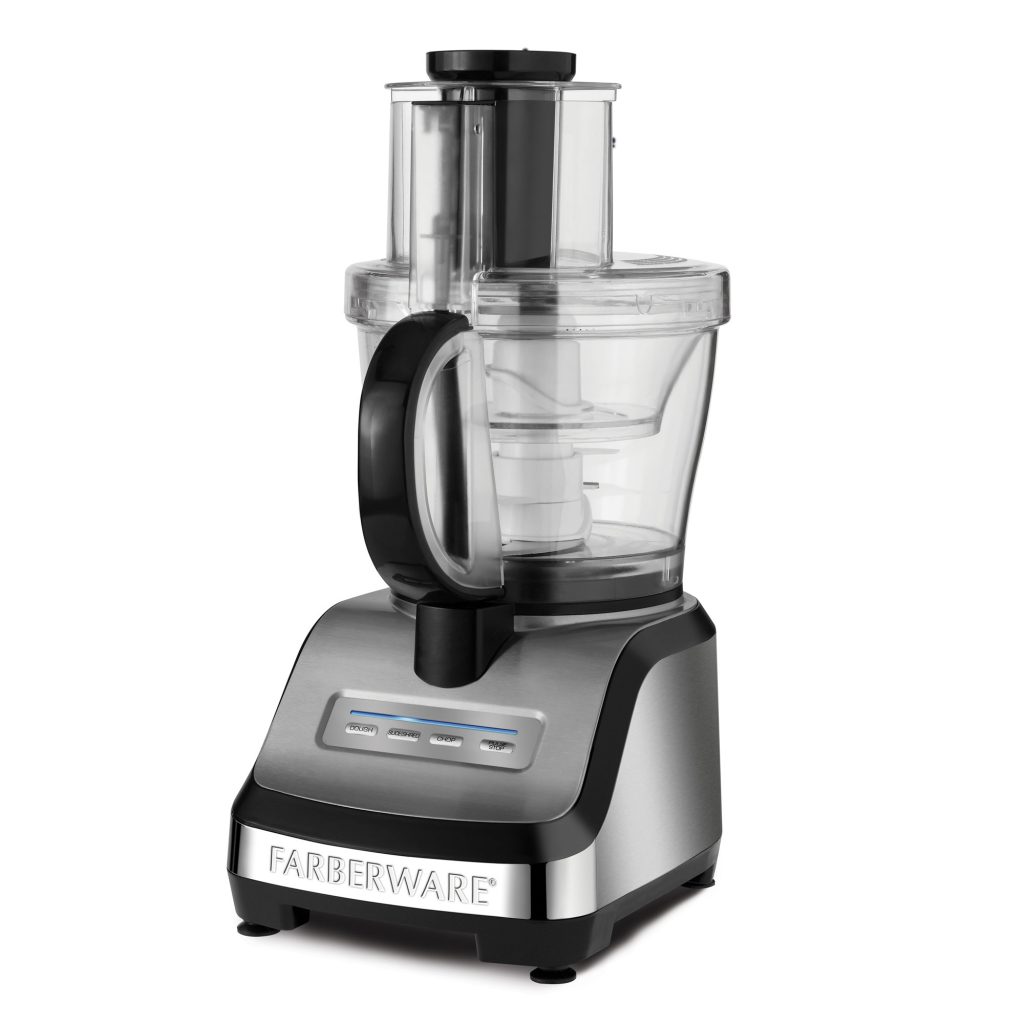
Safety Precautions
It’s important to practice proper safety precautions when using a food processor. Before starting, ensure that the bowl and the lid are securely lock in place. The machine should not operate if the components are not properly assemble. Additionally, exercise caution when handling sharp blades and moving parts. Always unplug the food processor before attempting to remove or clean the blades and attachments to avoid accidental injury.
Cleaning and Maintenance
Proper cleaning and maintenance are essential for preserving the performance and longevity of a food processor. After each use, it’s important to disassemble the components and clean them thoroughly with warm, soapy water. Pay close attention to the blades and any crevices where food particles may accumulate. Additionally, make sure to dry all parts completely before reassembling or storing the appliance to prevent mold or bacteria growth.
Avoiding Abrasive Cleaners
When cleaning a food processor, avoid using abrasive cleaners or scouring pads that could scratch the plastic or metal components. Instead, use gentle cleaning agents and non-abrasive sponges to ensure the longevity and integrity of the appliance’s surfaces.
Storage and Organization
Proper storage and organization of a food processor and its accessories are crucial for both convenience and safety. Store the appliance and its attachments in a dry and easily accessible location. This not only makes it more convenient to use when need but also reduces the risk of loss or damage to the components.
Utilizing Attachments for Versatility
Experimenting with the various attachments and accessories that come with a food processor can open up a world of culinary possibilities. From slicing and grating to whipping and pureeing, the diverse range of attachments can enhance the functionality of the food processor and streamline food preparation tasks. Explore the capabilities of the appliance and its attachments to discover creative ways to utilize its full potential.
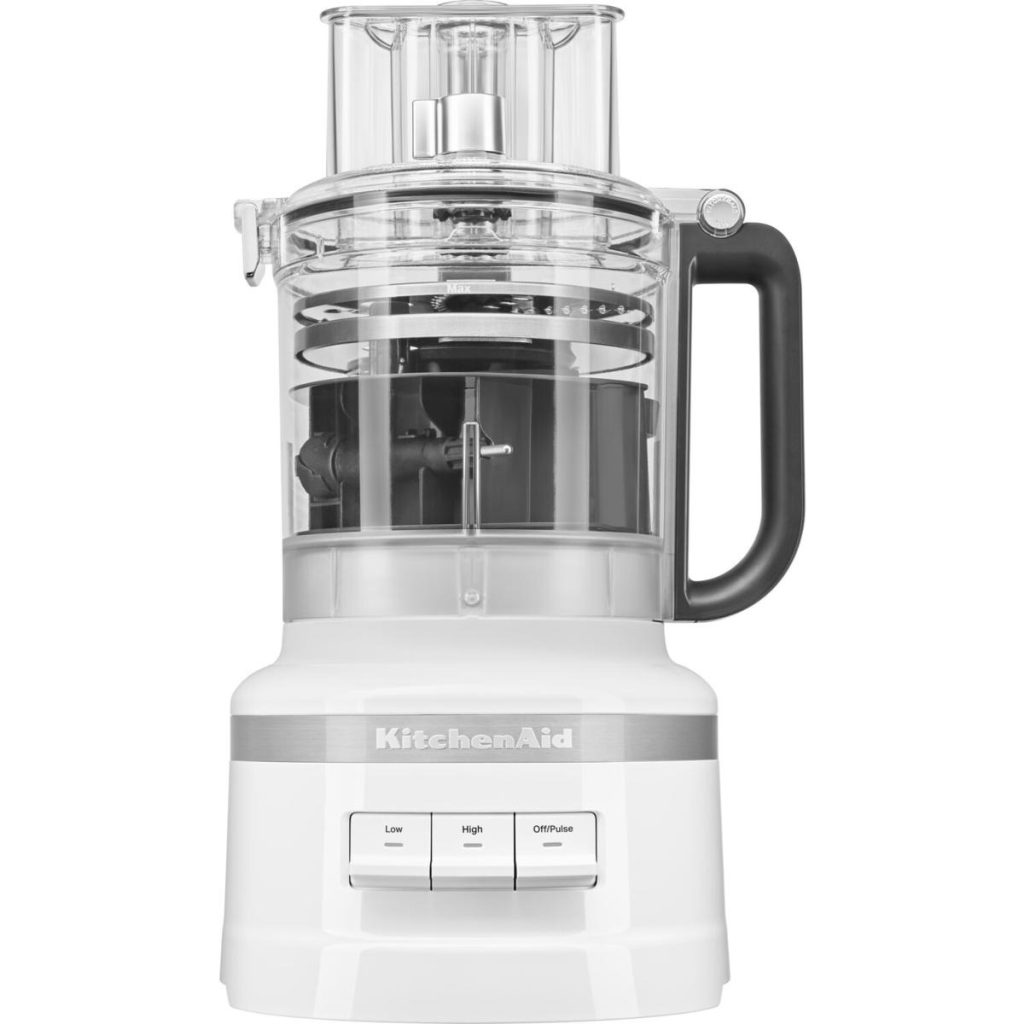
Conclusion
While food processors are valuable kitchen tools for a wide range of food preparation tasks, they may not be the best option for crushing ice. The challenges relat to motor power, blade design, and safety considerations make it less than ideal for this particular task. Instead, using a dedicated ice crusher or a blender with ice-crushing capabilities is a more viable and efficient approach. By selecting the right appliance for the job, you can achieve perfectly crush ice for refreshing beverages and culinary creations.
